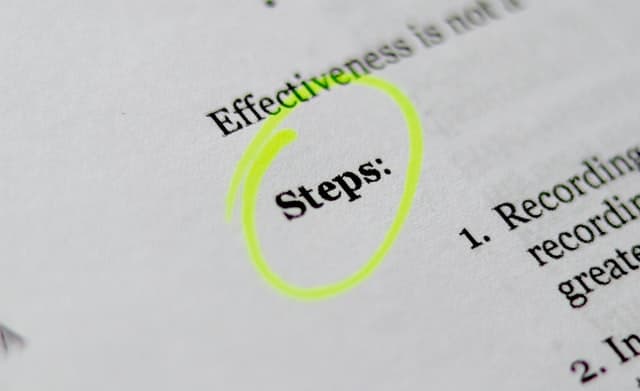The pharmaceutical industry is a highly regulated and controlled sector of economy. Development, manufacturing, and management of medical products are carefully examined and analyzed in order to ensure amenability with present requirements of safety, quality and efficacy. European Union authorities ensure that all medical products on the European market are manufactured or imported by authorized producers or approved partners.
All activities regarding manufacturing, repacking, transporting, and so on are described in the GMP guidelines. It ensures that goods are consistently made and controlled according to updated standards. In addition it minimizes the risks tangled in any medicinal production that cannot be disregarded through testing of the end product.
Two directives describe the principles of medical goods in detail. First directive 2003/94/EC relates to medicinal products for human use, whereas second Directive 91/412/EEC refers to veterinary commodities. Those principles are binding to all operations, which demand authorization mentioned in Article 40 of Directive 2001/83/EC, Article 44 of Directive 2001/82/EC and Article 13 of Directive 2001/20/EC.
Furthermore they refer to any pharmaceutical manufacturing practices undertaken in hospitals or clinics as well as to all GMP requirements of animal medical goods, which are perceived equally applicable to the ones for human use.
The GMP guide is described in three parts additionally complemented by annexes.
* Part I: defines GMP principles for the manufacture of medicinal products.
* Part II: describes GMP doctrines for active substances used as initial materials.
* Part III: includes GMP instructions related documents defining regulatory expectations.
Part I describes “basic requirements”, which are built on values mentioned in Directives 2003/94/EC and 91/412/EEC. It refers to production’s Quality Management describing objectives and essential matters while applying manufacture principles.
Rewritten principles of GMP for active substance for starting materials stated in Article 47 and Article 51 of the Directives 2001/83/EC and 2001/82/EC will be published soon. Part II is based on the foundation of an ICH guideline issued as ICH Q7A defining “active pharmaceutical ingredients”. It refers to both human and veterinary products. Supplementary to Part I and Part II, a range of annexes additionally describe various policies and codes. In fact, some of the mentioned procedures are interrelating or complementary. Thus they can be applied simultaneously (e.g. annex on sterile provisions, radiopharmaceuticals and/or on biological medicines).
Part III combines all GMP related documents, which do not express principles of Directives 2003/94/EC and 91/412/EC. It rather explains regulatory expectations and it is a source of information, which thoroughly describes applicability and compliance demands.
It is worth noting that the GMP guide is not written as a safety-piloting document for workforces involved in production. Such procedures have to be managed and governed by other European Union institutions and national law. However, activities related to marketing authorization according to safety, quality and efficacy of the products are unified with all production, control and release for sale provisions.
Manufacturers follow GMP, even though production of medicinal products is not managed by CEN/ISO (European Committee for Standardization/International Organization for Standardization) standards. However following standards is considered and they are recognized as an acceptable method in achieving principles of Quality Management, different from those mentioned in GMP Guide. This guide does not constrain establishment of new concepts or quality management technologies. However, it demands to implement equivalent and equally effective procedures. The guide is continuously revised and rewritten in order to provide the best practices and ensure the highest quality.
If you would like to find out more about this topic ask for the full text article here: contact@kvalito.ch
Author: KVALITO Consulting Group





